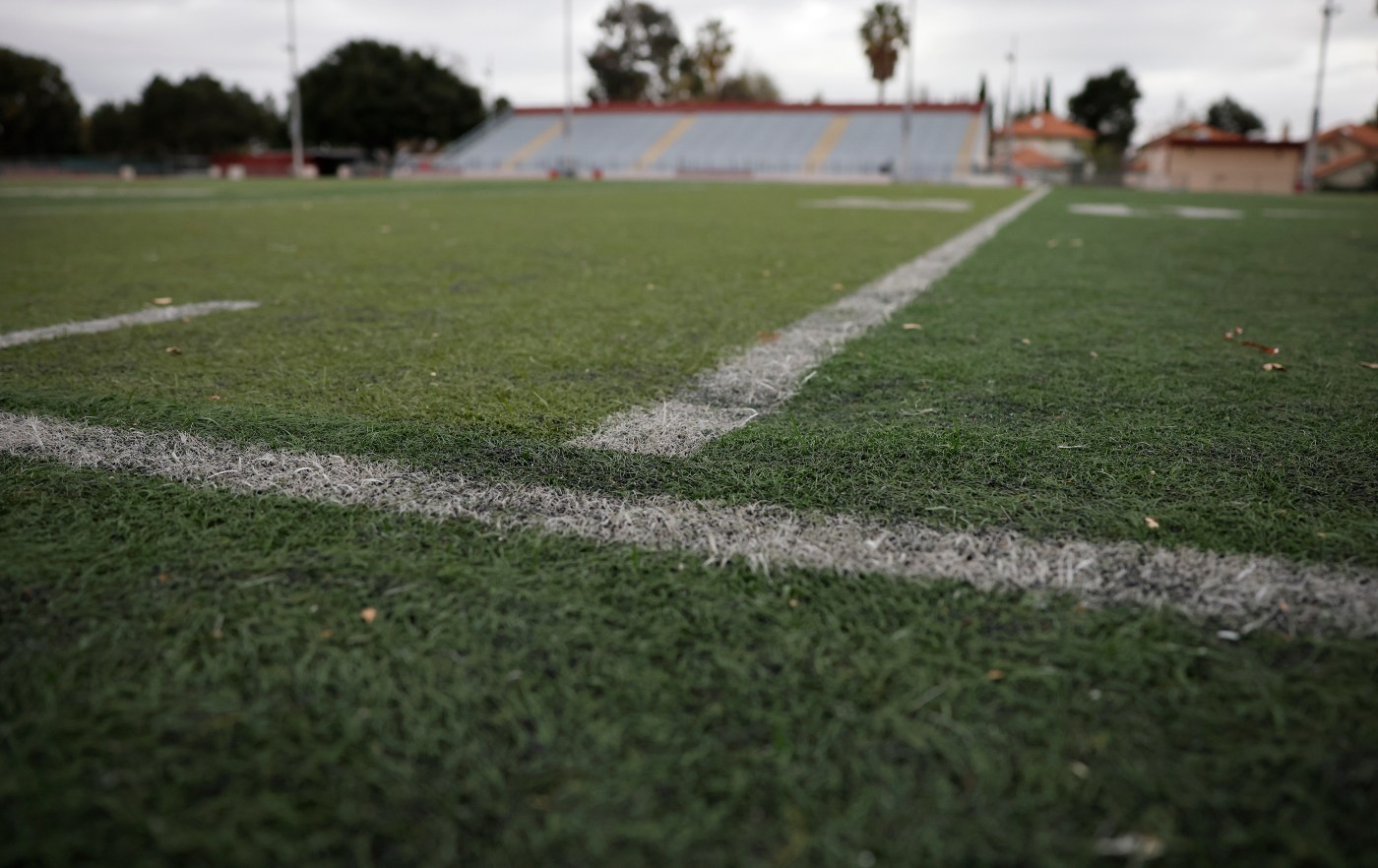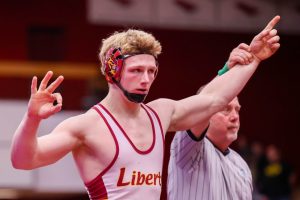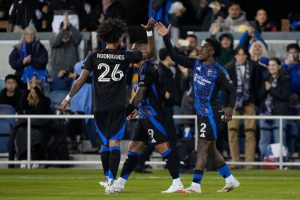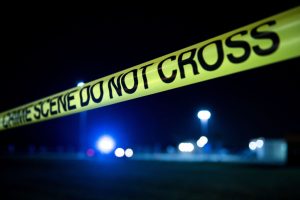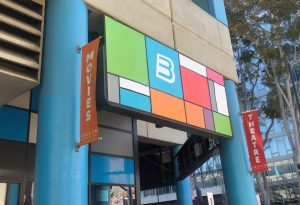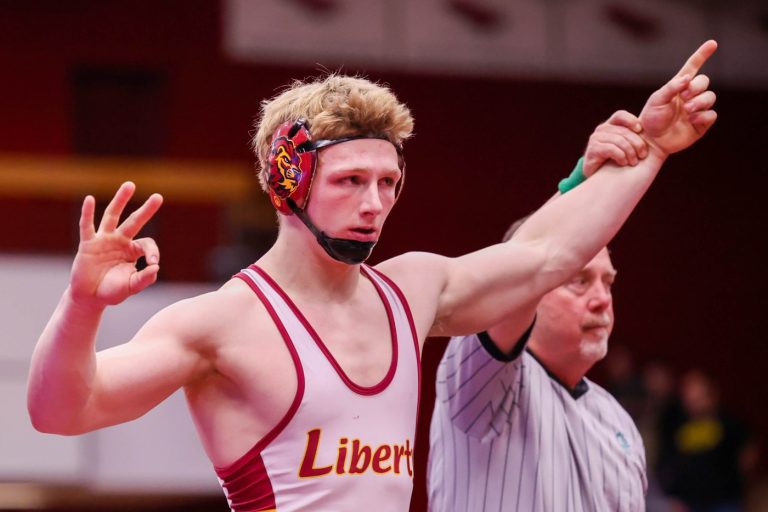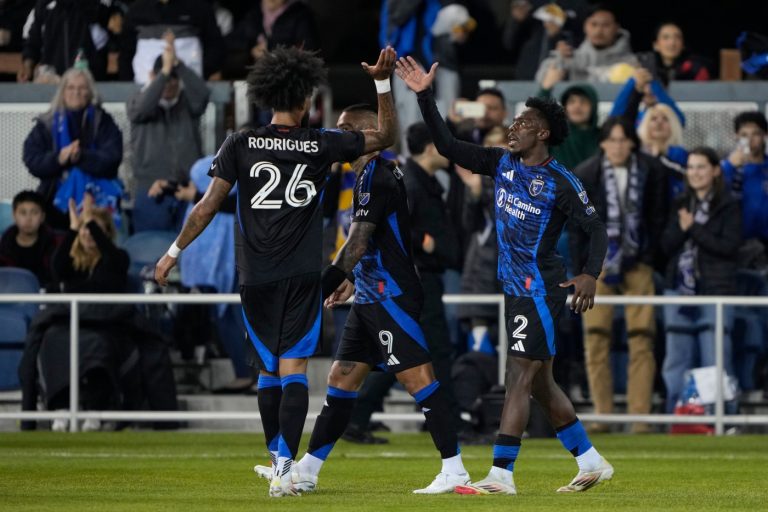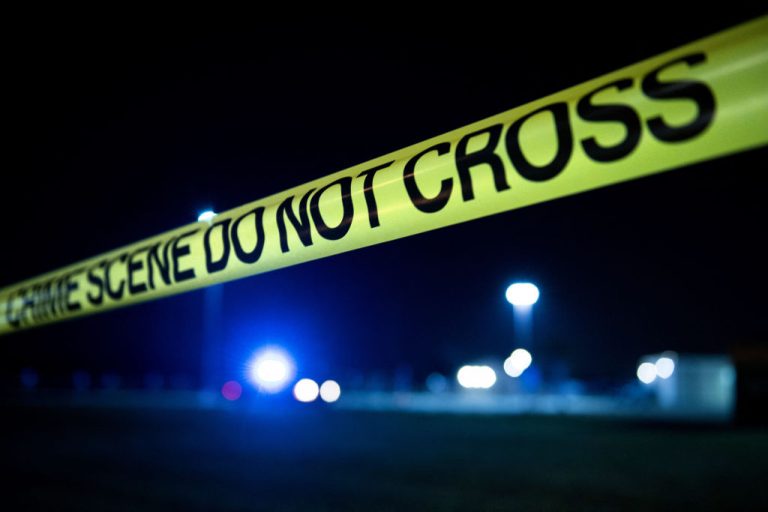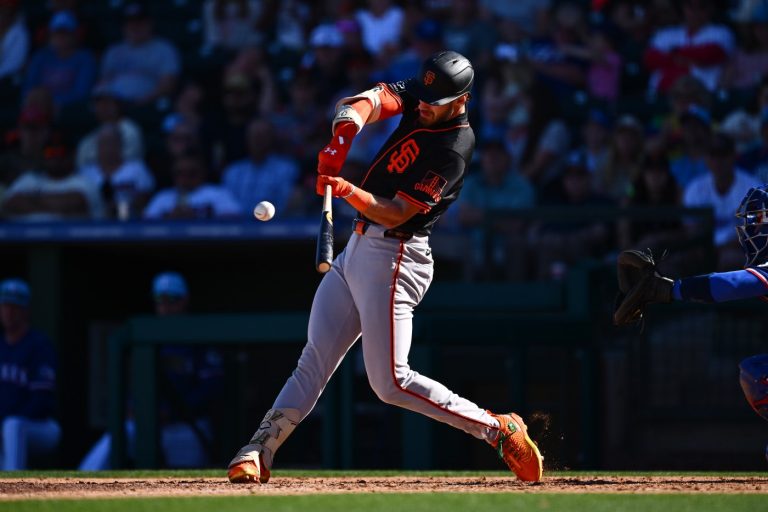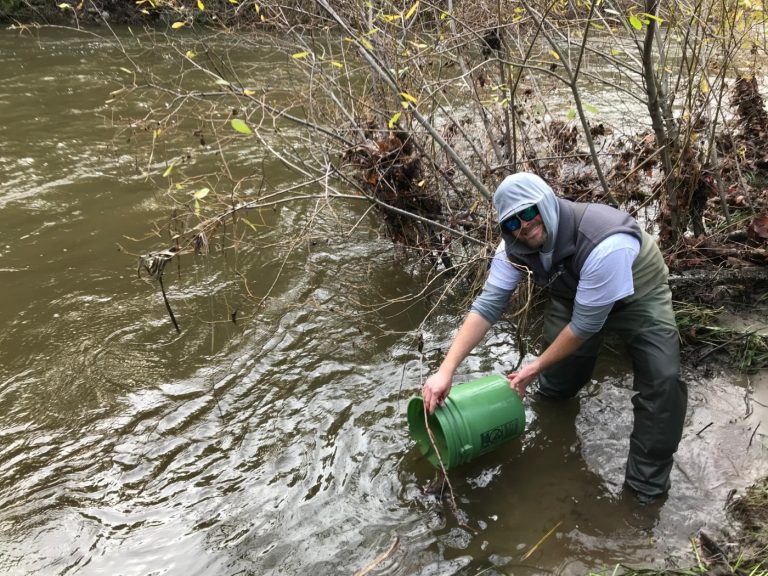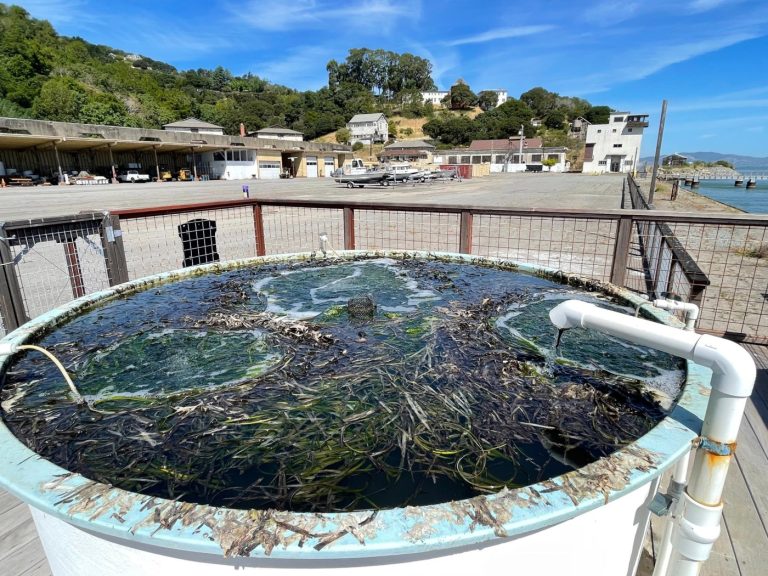After months of deliberation, a South Bay high school district will continue installing synthetic grass at their athletic fields instead of replacing it with natural grass.
Its a decision the district says will ensure outside spaces are accessible year-round for students, but has some residents disappointed that toxic “forever chemicals” — which are known to reside in turf fields — will remain.
The Fremont Union High School District board of trustees voted this week to move forward with a $31.6 million contract to replace the turf fields at Fremont, Homestead, Lynbrook, Monta Vista and Cupertino high schools, as part of a district plan to improve athletic facilities. The district serves students more than 10,000 students across Cupertino, Sunnyvale and San Jose.
The district replaced 12 of its 15 grass fields between 2009 and 2013 and the other three in 2018 with artificial turf in an effort to conserve water and improve athletic facilities. With a life expectancy of eight to 10 years, the turf was slated for a replacement, leading environment enthusiasts and board members to debate the change.
Synthetic turf has come under increasing scrutiny as it can contain hazardous micro-plastics and chemicals like PFAS, known as “forever chemicals.” The material leaches into food chains, contaminates water supplies and negatively affects children developmentally, among other things, according to the U.S. Department of Health and Human Services. In California last year, Gov. Gavin Newsom even signed a law allowing cities and counties to ban synthetic lawns over health concerns.
“Our world is in crisis, and we need less plastic, not more of it,” community member Andrea Wald said at Tuesday’s school district meeting.
The board previously defended the use of synthetic, stating that such material is cost-friendly and requires lower maintenance than grass fields. The cost for replacing the 12 fields with turf was initially estimated to be $23 million, while the cost for changing all 15 fields to natural grass would cost approximately $35 to $45 million. The district also estimates that turf makes the fields useable for an estimated 5,040 hours per year versus 2,550 for natural grass.
During the meeting, trustee Naomi Nakano-Matsumoto said the board needs to consider the students’ playing time when it comes to the decision. The fields are used almost daily during the school year for P.E classes, athletes, band practices and other school or community-related events. Grass fields aren’t able to be used during harsh weather, and Nakano-Matsumoto said she heard girls sports playing time are often reduced as a result.
“Whether that’s true or not, I think that’s something we need to look at and make sure we are ensuring that happens,” she said.
But some residents like Cortney Jansen, whose children will attend FUHSD high schools in the upcoming years, expressed disappointment that the district did not conduct an in-depth study on the adverse health and environmental effects of using synthetic turf, which had been requested when the board deliberated the change back in February.
Related Articles
No guarantees, no proof: How did East Bay school district’s $50 million energy contract go so wrong?
Sunol school board recall: Early election results favor ousting two trustees
How the promise of big energy savings in one Bay Area school district led to a $50 million controversy
Letters: Wildfire safety | Affordable housing | Measure A | Senior rates | Trump scam | Embracing radicalism
Fremont Union School District approves district zoning map for new trustee election system
Jansen said those in the artificial turf industry are not experts on health, safety and environmental impacts of the turf and referenced local organizations that had previously spoken out against installing turf in the community.
In 2023, the Santa Clara County Medical Association wrote about the health concerns of artificial turf to the Los Gatos-Saratoga Unified High School District, which was also considering replacing its turf with grass. The Loma Prieta Chapter of the Sierra Club also wrote the Santa Clara County Board of Supervisors about how turf is difficult to break down and properly dispose of.
“In the last four and a half months,” Jansen said, “Not one of you demanded that you get an apples to apples comparison on new grass vs new artificial turf technology.”
